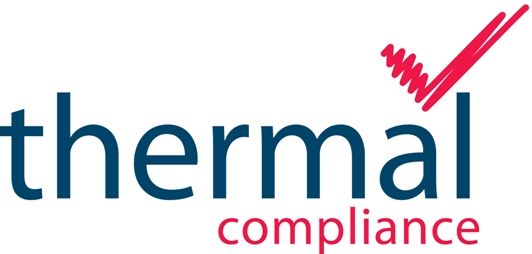2025 Advanced Autoclave Validation Course
In Person 'Advanced Autoclave Validation' 3 Day Training held at our Thermal Compliance North Yorkshire, UK Training Centre, DL10 5NY
The 3-day course is £1,850 per person. You can book your place online now, or simply email us at info@thermalcompliance.co.uk to reserve your place and arrange payment by invoice.
In this 3-day course you will learn how to perform validation on Porous and Fluids load autoclaves, from autoclave design and control through to rectifying common failure modes. The modules covered in this course are:
Introduction to Autoclaves
We start with a basic introduction to how autoclaves work, the different types and a general overview of validation.
Overview of current regulations including EN285, IS0 17665, ISO 11138, PDA Technical Report 1, PDA Technical Report 48 and EU GMP Annex 1.
Introduction to Microbiology
Basic introduction to microbiology for sterilisation including methods of kill and an introduction to biological indicators.
Standard routine tests including Warm Ups, Leak Rate Tests, Bowie Dick Tests and Air Detector Function Tests. Why do we perform them? How do they work?
With practical demonstrations of routine tests.
Walkthrough a porous and fluids load autoclave design explaining how the autoclave operates.
Cycle Design and Development
How to design robust and repeatable autoclave cycles and how to perform comprehensive Cycle Development of loads.
Load Orientation and Wrapping
How to orientate load items to optimise the sterilisation process and prevent wet loads. Considerations for process specific load wrapping and the impact of different load wrapping wet loads.
With Practical modules on load orientation, wrapping and load placement.
What is the steam path and why we should consider it when placing temperature sensors and biological indicators.
Practical session on the criticality of steam penetration and how to identify failures using thermal data and biological indicators.
Critical Control Parameters
Identifying, monitoring and trending the critical control parameters for your autoclave cycles can help predict and therefore prevent failures.
Autoclave Loading Patterns
Autoclave Loading Patterns help ensure the load is setup in a repeatable manner. These are normally developed during cycle development and fixed for the performance qualification. We demonstrate how to ensure autoclave loading patterns are clear helping to ensure repeatability.
Sensor Selection, Insertion and Placement
Ensure you are using the most suitable sensor for your application. Whether it is thermocouples or dataloggers, ensure you use compliant systems and that there use minimises the impact to the process.
This modules provides an in depth look into biological indicators for porous and fluids loads. Covering Direct Inoculation, Biological Indicator Selection, Occluded Surfaces, Rapid BIs and unique BIs.
Porous Load Acceptance Criteria
A detailed look at validation acceptance criteria for porous/hard goods loads autoclaves. With examples of how to perform calculations and a look at where these criteria originate.
Common Autoclave Failure Modes and how to resolve them
Failures such as Wet Loads, Superheat and Equilibration Time are very common and easily resolved. With knowledge and planning a lot of issues can be prevented through cycle design and knowledge. This modules provides the tools to resolve these issues if they do occur.
Introduction to Air Detectors
Air Detectors act as an process control device (PCD) detecting air within the autoclave chamber. In this modules we explain the different types, how they function and how to set them up correctly.
EN285 Thermometric Testing
How to perform thermometric testing to EN285 including setup of the Standard Towel Pack, Small and Full Load Thermometric Test, Small and Full Load Air Detector Test, Air Detector Function Test and textiles and metal load dryness tests.
With practical demonstrations.
How and when to perform steam quality testing including Superheat, Dryness and Non Condensable Gases tests.
Fluids Loads Sterilization
How to perform fluids loads sterilization including cycle design, cycle development, sensor placement, biological indicators and acceptance criteria.
Steam, Air Steam Mix and Cascade Autoclaves
Alternative methods for fluids loads sterilisation and when you would use them and how to qualify them.
What is lethality/Fo, how it is calculated, lethality as a method of cycle control and when to use it.
Ideal for professionals in Validation, Engineering, and Quality Assurance.
Autoclave Design
Learn how autoclave design can impact the validation of loads. How to specify Cycle Design for User Requirement Specification.
Routine Testing
Routine Testing is in place to detect failures in the process. Setup correctly this can help predict, detect and prevent common failures.
Validation
Provide robust and repeatable cycle design, qualify loads in compliance with international standards and regulations
Failure Modes
If failures occur understand how to perform effective investigations to identify root causes and provide solutions.
Download the course brochure!


